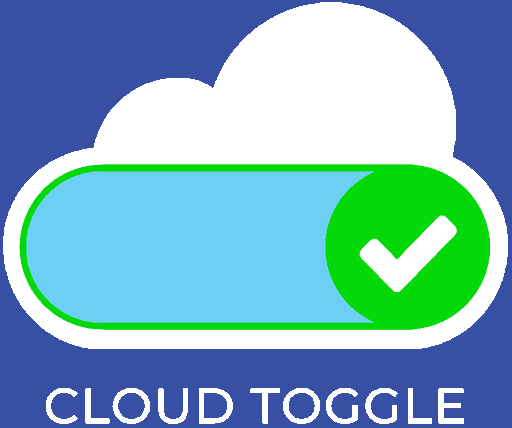What is Cloud Cost Management?
Cloud cost management, also known as cloud cost optimization, involves organizational planning that enables an enterprise to comprehend and control the expenses and requirements associated with its cloud technology. This entails finding cost-effective methods to maximize cloud usage and efficiency.
As cloud infrastructure grows more complex, cloud costs become increasingly opaque and challenging to track. The prevalent “pay for what you use” model offered by most public cloud providers adds to this challenge: while proper monitoring and management can lead to substantial savings, it is also easy for costs to escalate uncontrollably. This issue is exacerbated when decision-making is decentralized within an organization, allowing individuals to initiate instances and incur costs with minimal accountability. Therefore, it is crucial for enterprises to implement a cloud cost management strategy to optimize their infrastructure and minimize expenses
Benefits of Managing Cloud Spend
Cost Savings
One of the primary benefits of cloud cost management is the significant cost savings it offers. By implementing a strategic approach to monitor and control cloud expenses, organizations can identify and eliminate unnecessary expenditures, optimize resource allocation, and take advantage of cost-efficient pricing models. Effective cloud cost management ensures that resources are used efficiently, avoiding the pitfalls of over-provisioning and under-utilization. Additionally, it enables enterprises to leverage reserved instances, spot instances, and other cost-saving opportunities provided by cloud service providers. This proactive approach not only reduces operational costs but also frees up budgetary resources, allowing organizations to reinvest in innovation and other critical areas of their business
Predictability
Predictability is a key benefit of cloud cost management, offering organizations the ability to forecast and control their cloud expenditures with greater accuracy. Through comprehensive monitoring and analysis of cloud usage patterns, enterprises can anticipate future costs and budget accordingly. This predictability reduces the likelihood of unexpected expenses and financial surprises, providing a more stable financial outlook. By implementing strategies such as setting spending limits, utilizing cost alerts, and employing detailed reporting tools, businesses can maintain a clear understanding of their cloud investments. This enhanced predictability not only supports better financial planning but also fosters a sense of fiscal responsibility and confidence within the organization.
Sustainability
Sustainability is a significant benefit of cloud cost management, promoting both environmental and operational efficiency. By optimizing resource usage and eliminating waste, organizations can reduce their carbon footprint and contribute to a more sustainable digital infrastructure. Efficient cloud cost management practices ensure that resources are not over-provisioned or under-utilized, which translates to less energy consumption and lower emissions. Additionally, by leveraging cloud providers’ sustainability initiatives and green technologies, enterprises can align their IT strategies with broader environmental goals. This focus on sustainability not only supports corporate social responsibility objectives but also enhances the organization’s reputation as a forward-thinking and eco-conscious entity.
Peak Performance
Peak performance is a notable benefit of cloud cost management, ensuring that an organization’s cloud infrastructure operates at its highest efficiency. By continuously monitoring and analyzing cloud resources, businesses can identify performance bottlenecks and underutilized assets, enabling them to make informed adjustments that optimize workload distribution. This proactive approach helps maintain optimal performance levels, even during peak usage times, ensuring that applications run smoothly and efficiently. Furthermore, cloud cost management allows for the strategic allocation of resources to high-priority tasks, enhancing overall system performance. By achieving peak performance, organizations can improve user experience, increase productivity, and maintain a competitive edge in the market.
Cloud Cost Management Tactics
Reserved Instances
Involves committing to use specific cloud resources for a predetermined period, typically one to three years, in exchange for a significant discount compared to on-demand pricing. This tactic is particularly useful for workloads with predictable usage patterns. By planning and committing to long-term resource use, organizations can achieve substantial cost savings while ensuring the availability of necessary infrastructure.
Cost Analysis and Visibility
Entails the continuous monitoring and reporting of cloud expenditures. Utilizing tools and dashboards, organizations gain insights into where and how money is being spent. This transparency allows businesses to identify cost drivers, track spending trends, and detect any unexpected charges. Enhanced visibility empowers decision-makers to make informed financial decisions, optimize budgets, and prevent cost overruns.
Resource Optimization
Focuses on ensuring that cloud resources are used as efficiently as possible. This involves eliminating idle resources, consolidating workloads, and using appropriate storage and compute options. By continually assessing and tuning resource allocation, organizations can avoid paying for unnecessary or underutilized resources, thereby reducing overall cloud costs while maintaining performance standards.
Right Sizing
Refers to adjusting the capacity of cloud resources to match the actual needs of workloads. This process involves scaling up or down based on performance metrics and usage patterns to ensure resources are neither over-provisioned nor under-provisioned. Implementing right sizing helps in reducing wasted spend on oversized instances and improves operational efficiency by matching resource capacity to demand.
Scheduling
Involves automating the start and stop times of cloud resources based on usage patterns. By shutting down non-essential resources during off-peak hours, organizations can significantly cut costs. This tactic is particularly beneficial for development, testing, and non-critical workloads that do not require 24/7 availability. Effective scheduling ensures that resources are only running when needed, optimizing cost efficiency.
Common Challenges
Visibility
One of the primary challenges in cloud cost management is achieving full visibility into cloud expenditures. With numerous services, instances, and resources in use, it can be difficult to track and understand where money is being spent. Often, cloud environments are highly dynamic, with resources being spun up and down frequently, adding to the complexity. Without comprehensive visibility, it’s challenging to identify inefficiencies, forecast costs accurately, or allocate budgets effectively. This lack of transparency can lead to unexpected expenses and hinder efforts to optimize costs.
High Complexity
The complexity of managing cloud costs can be overwhelming, particularly in large organizations with multi-cloud environments. Each cloud provider has its own pricing models, billing structures, and cost management tools, which can vary widely. Additionally, understanding and optimizing the myriad of services and configurations requires specialized knowledge and expertise. The intricacy of cloud environments, combined with the constant evolution of cloud offerings and pricing, makes it difficult to implement effective cost management strategies. This high complexity often results in missed opportunities for savings and increased risk of cost overruns.
The Easiest Way to Manage Cloud Spend
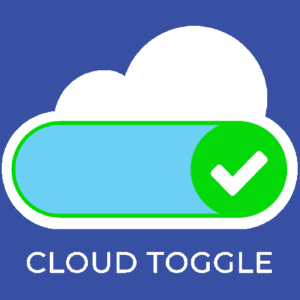
The simplest way to manage your Cloud Spend is by managing Cloud waste at its source.
The vast majority of Cloud Resources do not need to be on all of the time and by enabling simple scheduling of these resources large sums can be saved with very little effort or expense.
CLOUD TOGGLE is a low cost, turn key solution that enables you to do just that.
We provide an easy way to power off idle cloud resources, saving you time and money.
Our web-based interface enables your team to easily toggle resources on and off, or create schedules so that they automatically toggle on and off based on the schedules of your remote, distributed teams.
CLOUD TOGGLE allows you to manage both individuals and teams, giving you granular control of your resources across your so you can start saving money today.
Automated Scheduling
- Feature: CLOUD TOGGLE allows users to automate the scheduling of cloud resources, ensuring that instances are only running when needed.
- Benefit: This reduces idle resource time, leading to significant cost savings by avoiding charges for unused compute time.
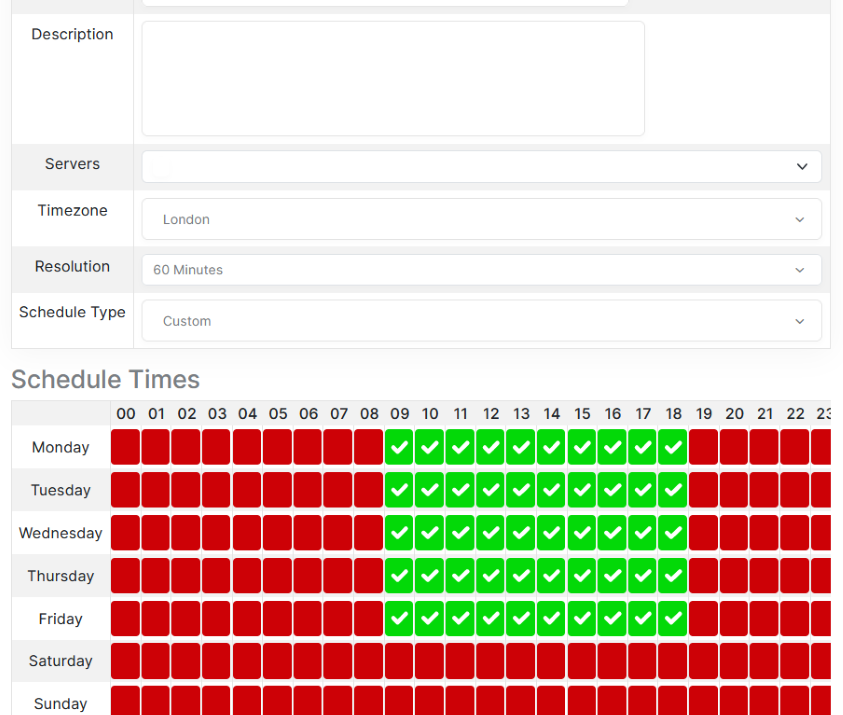
Multi-Cloud Support
- Feature: The service supports multiple cloud providers, including AWS & Azure
- Benefit: Organizations using a multi-cloud strategy can manage and optimize resources across different platforms from a single interface, simplifying cloud cost management.
User-Friendly Interface
- Feature: CLOUD TOGGLE features an intuitive and user-friendly interface that makes it easy to manage and optimize cloud resources.
- Benefit: Users can quickly set up and start using the service without needing extensive training or expertise, accelerating the adoption of cost-saving practices.
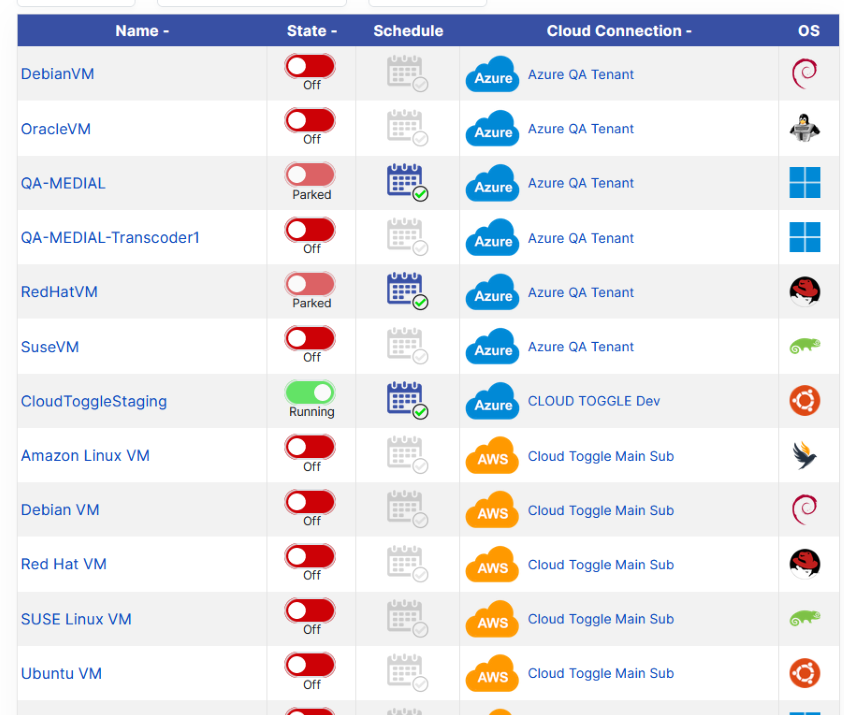
Customizable Alerts and Notifications
- Feature: Users can set up alerts and notifications for specific events
- Benefit: This proactive approach helps prevent unexpected expenses and ensures timely action is taken to address potential cost overruns.
Team and Role-Based Access Control
- Feature: CLOUD TOGGLE offers granular access control, enabling organizations to define roles and permissions for different users and teams.
- Benefit: This enhances security and governance by ensuring that only authorized personnel can make changes to cloud resources and configurations.
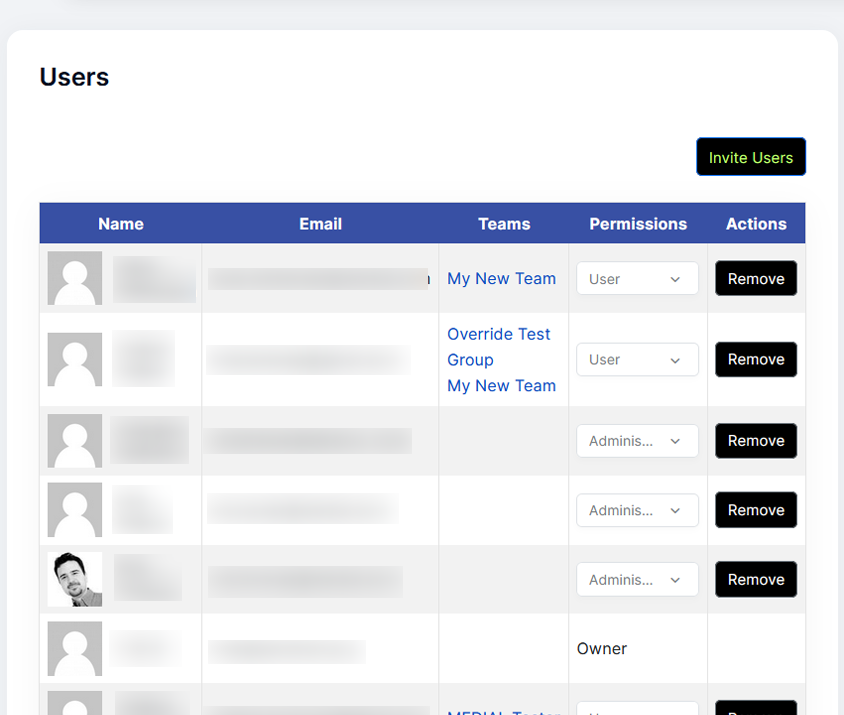
To start a FREE Trial go to https://www.cloudtoggle.com






